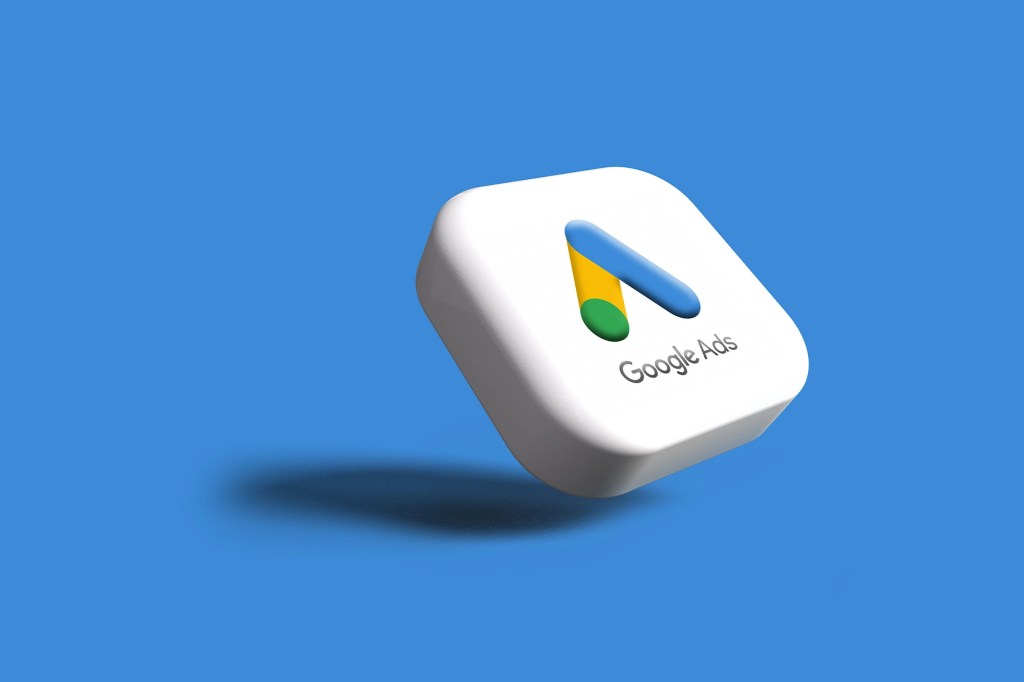Third-Party Cookies: A Complete Guide
Third party cookies are cookies that are placed across various websites that are used to track and learn what users are doing online and searching for online. Third party cookies have been around for a long time now and brands have been using them to track website usage and collect user data which not only helps improve the customer experience based on the findings but also helps to improve ad targeting in the process by collecting relevant data about the user including demographics, geographical location, device and browser amongst many others.

What are Third Party Cookies?
Third Party Cookies are those created by other domains (websites) that are not the current website you are viewing at that particular time. The cookie that is placed on the website you are viewing (by the third party) collects data about the user for the third party website which can be used at a later time. The data collected could be based on user demographics, user browsing history and various other online activities carried out by the user.
Usually used for online advertising purposes, third party cookies are typically placed on a website through some kind of coding script or site tag which embeds the third party cookie onto various other websites in order to collect the data. Cookies and the data they collect are stored on a user’s computer even after they close or log off their browser. Third party cookies allow data to be collected about users beyond that of first party cookies which only track user behaviour when on an owner’s site.
Here’s a quick example of third party cookies at work.
- So a customer goes to example.com and looks at a product page on the site.
- A third party cookie will then track and collect this activity data based on the actions taken by the user.
- The user then leaves the example.com website and visits a completely different website.
- The user will see ads for the same or similar products to which they were looking at on the example.com website.
This means that the example.com website and the second website the user visits both have a third party cookie embedded on their sites which comes from a third party service (hence being called third party cookies). This third party service could be for example Google Ads who is responsible for creating the cookie and monitoring the site usage.
Third Party Cookies vs First Party Cookies
We’ve covered third party cookies, so let’s take a look at the key differences between first party cookies and third party cookies. First party cookies are cookies which are implemented and stored by the same website or domain that you are visiting, for example if you visit ‘example.com’ and the first party cookies on the site are owned by them. This allows website owners to collect analytical data such as device usage, language settings, demographic data and many other user behaviour metrics in order to provide a better user experience to its users.
First party cookies can also be used for other purposes, for example when a user visits an online store and adds an item to their basket, but leaves without checking out a first party cookie can be used by the website owner so that when the user returns to the site again in the future, the item will still be in their basket.
Third Party Cookies vs First Party Cookies
| Third Party Cookies | First Party Cookies | |
| Accessibility | Accessible across multiple websites that contain the third-party cookies code. | Only accessible when visiting the domain name that created the cookie. |
| Browser support | Supported by most browsers currently, although browsers such as Safari and FireFox now do not support these cookies. | Supported by all browsers. |
| Blocking/Deleting | Many browsers currently automatically block and delete third-party cookies regularly without the need for the user to carry out these tasks. | Can be blocked/deleted by users but may hinder the experience the user receives. |
| Common Uses | Advertising, Social Media, Payment Solutions | Web analytics, basket/wish lists |
How are Third-Party Cookies Created?
So, how are third party cookies actually created if a user is on a different website? In order for a third party cookie to be created on another site, a request is required which needs to be sent between the web page being loaded and the third party server. Depending on the use case, the file which is requested can be in a variety of formats such as an ad (display ad) or even by a tracking pixel (which cannot be seen by the user but acts as a tracking cookie when there is no click event or click redirects are not available) which is usually in the form of a coding script.

Examples of Third-Party Services that Leave Cookies
There are many different third party entities which leave cookies across the web including:
- Google Ads – Advertising services like Google Ads creates third-party cookies to monitor which websites and content each user is accessing across the internet. These types of cookies are behind the technology which showcases users ads for products and services they have previously searched for.
- Social Media – A similar approach also works for social media sites where a user can log in to their social media accounts through their device and share content on their social media profiles which then places cookies on that users device. These social media cookies track and collect data about the users behaviours and then uses this to display targeted ads across their social media feeds for the same products and services they were looking for.
How do Third Party Cookies work?
Third party cookies work by tracking and creating a digital trail of a user’s web history, searches and activity online which can be collected from a single session or across multiple sessions a user completes. Many browsers automatically allow cookies to track users across the web which offer third party services a means to use this data to send targeted advertisements across various websites and social media platforms. Automatically collecting this data has raised privacy concerns in the past which fall in the remit of GDPR regulations.
How to Clear your Cookies After Each Session
You can however clear your cookies after each session on your browser automatically to remove all of the data and history captured through the use of cookies on various sites you visit. Firstly go to your preferred browser and select the following depending on your chosen option. Not selecting these preferences will mean your browsing history and data associated with your online activity will be preserved and thus continued to be stored and used for third party purposes such as advertising. If you don’t select these settings and preferences across your devices and browsers, each time you visit a website your browser will automatically preserve cookie data from each session. This means you will continue to receive targeted advertisements and other third party services activity.
Here’s how to change your cookie preferences across browsers;
- Chrome – Go into Chrome’s privacy settings and find the ‘keep local data only until you quit your browser’ option to clear your cookies after each session.
- Firefox – Go into your Firefox browser settings and under the privacy settings select ‘Clear history when Firefox closes’ option to clear your cookies after each session.
- Internet Explorer – In your Internet Explorer settings, under privacy settings, select the ‘Delete browsing history on exit’ option to delete cookies and browsing data after you close your browser.
- Safari – Although not automatically you can also clear your browser and cookie data after each session by manually going to settings, to privacy settings and then selecting the ‘Clear cookies’ and ‘Clear cache’ options available.
Why are third party cookies going away?
In a bid to shift away from Third Party Cookies and after growing concerns from consumers surrounding privacy, Google is set to phase out the use of third-party cookies in the Google Chrome browser by early 2024. This deadline has been delayed from previous, after originally being planned for late 2023 which has been down to initial feedback and testing conducted proving that further testing was needed in order to follow through with the original plan.
It seems as though Google are leading the way to bring an end to third party cookies which could ultimately be replaced eventually with less intrusive solutions which can be used for targeted advertising. Google has introduced plans and is currently building the Privacy Sandbox which aims to be a less intrusive alternative to having third-party cookies. Alongside this, organisations may also need to turn to other alternative services such as Smart Shopping or Performance Max to enhance their advertising effectiveness.
This will then leave a reliance on first-party cookies which heavily favours larger organisations with larger volumes of traffic where they will be able to make better use of first party data due to larger amounts of capital and resources that can be allocated to this area for future development. First party cookies will be the best approach in reacting to the changes from Google.
FAQs
What happens when you disable third party cookies?
When you disable third party cookies on your browser and device you are removing consent for third party service providers to track your web history and usage across the internet. You will also stop receiving targeted ads although you may receive a limited experience as a result of disabling cookies on some websites.
What does block all cookies do?
Blocking all cookies may result in your experience being limited across certain websites you visit. Blocking third-party cookies will stop third party service providers from tracking your web history and sending targeted ads to your device and browser. But by blocking all cookies, you are also blocking first party cookies from tracking your usage across their website which may limit your experience. For example, blocking all cookies will mean you cannot access features on websites such as saved passwords, previous basket history, live chat history and could even limit your experience on some pages and features throughout.
Why are all websites asking about cookies 2023?
With an increased focus on data privacy and security, more and more websites are now focused on asking for consent for cookies and being more detailed about why and how they are using them across the web. As more privacy laws and regulations get introduced, the more websites will begin to adhere to the regulations and provide more in depth information about cookies on their site.
Why is Google delaying the deprecation of cookies?
Google has delayed the deprecation of third party cookies after announcing that more testing was needed around their Privacy Sandbox tool after feedback received from early tests suggested more work was needed across the platform before rolling it out. Google has now set the deprecation of third-party cookies to late 2025.
Why is Google phasing out cookies?
Google is set to phase out the use of third-party cookies across the Chrome browser due to growing privacy and security concerns surrounding the use of third party cookies and how the data is collected and shared. The phasing out of cookies will mean alternative solutions must be created to allow advertisers to collect targeted data which can be used in the future but in a privacy friendly way.


